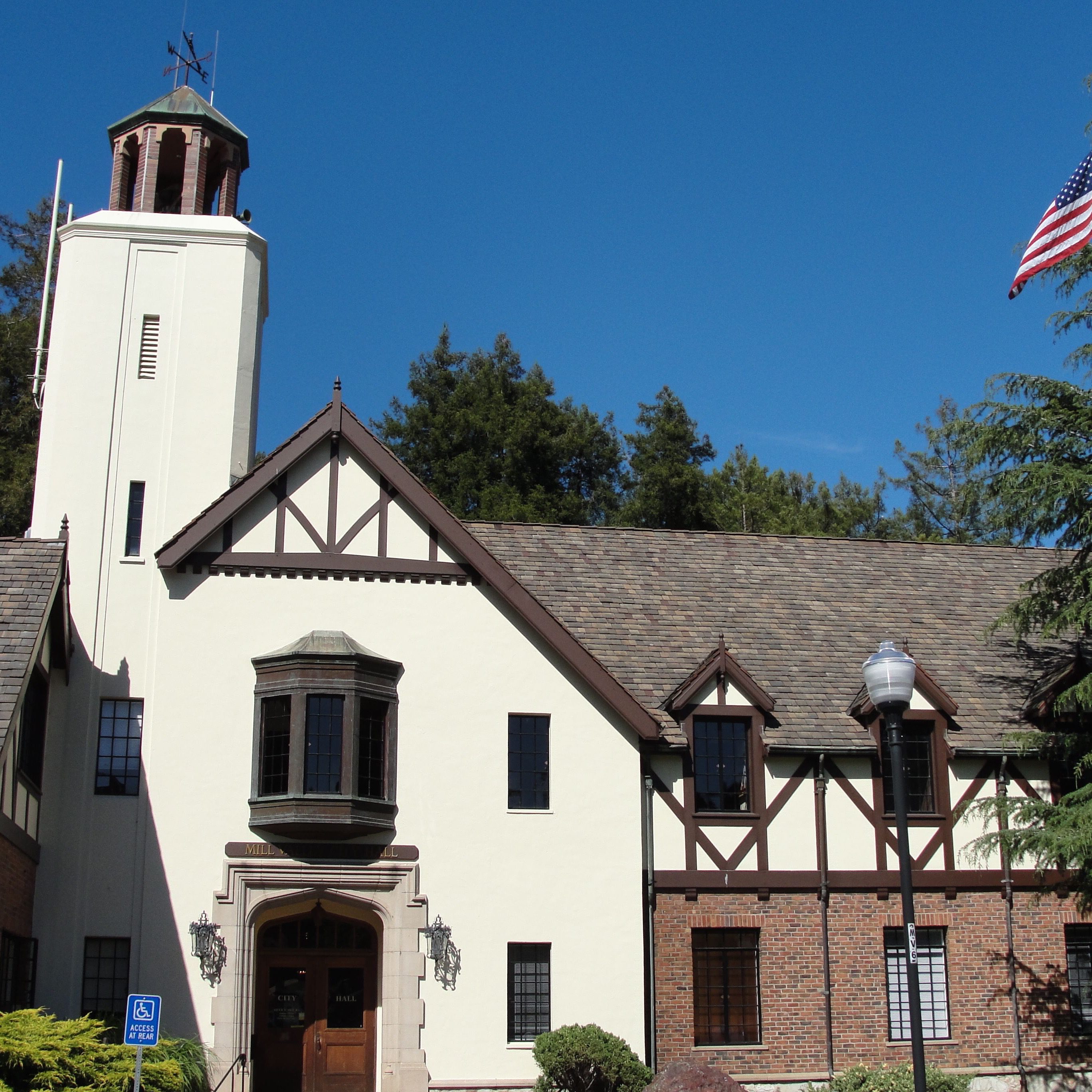As we head into the final months of a year that has been challenging to say the least, the City of Mill Valley is embarking on a new Housing Element for years 2023-2031, a long-term, state-mandated deep dive into the future of housing in our community. The process began this week amidst the City Council’s heightened focus on creating the framework for more affordable housing in Mill Valley, as well as the Association of Bay Area Governments’ Regional Housing Needs Allocation that calls for an eye-popping increase in the number of units to be planned for by the city, from 129 units in the 2014-2022 cycle to 865 units in the 2023-2031 cycle (the City has appealed that allocation).
The City’s heavy lift over the next 8-10 months also kicks off amidst some major housing changes statewide, particularly the state legislature’s approval of SB 9, which would allow two-unit buildings on lots that for generations have been reserved exclusively for single-family homes. “By allowing two units per parcel and permitting property owners to subdivide their lots, the law would increase density to as many as four units on a single-family plot,” writes California-based New York Times reporter Conor Dougherty, who participated in a riveting Q&A at the Outdoor Art Club on the subject earlier this year.
The process, which must be certified by the State Department of Housing and Community Development (HCD) by January 2023, will be lead by Senior Planner Danielle Staude and consultants Veronica Tam and Associates and Kendall Flint of DKS Associates. City officials plan to engage with the community regularly, starting with a virtual workshop on Sept. 23 at 6:30pm.
The City does not need to actually build the allocated units within the timeframe allotted. It “must adopt plans and regulatory systems that provide opportunities for (and do not unduly constrain) housing development.” There are a number of requirements of a Housing Element, including an evaluation of prior programs and policies and an analysis of constraints which, in Mill Valley’s case, includes topography and being largely surrounded by the wildland urban interface, among many more.
The most critical, and likely contentious, work to be done is the creation of an inventory of sites that is adequately zoned or planned to be zoned to accommodate housing. In doing so, it must also “involve the public from all economic segments of the community” and “review ordinances, identify outdated policies or modify codes that inhibit housing supply, affordability and choice.”
The process has some teeth for non-compliance, as municpalities that don’t comply could lose state and regional funding for housing, transportation, and parks. It could also be sued, face significant fines (up to $100,000 per month) or have its local land use decision-making authority limited.
An additional wrinkle arrived in 2018, when AB 686 expanded fair housing requirements and protections to explicitly address, combat, and relieve disparities resulting from past patterns of segregation to foster more inclusive communities. The Housing Element must include an assessment of fair housing, a site inventory that helps dismantle housing segregation and programs that further fair housing.
Councilmember Urban Carmel pointed to the site inventory as the crucial element to the process. “Ninety-seven percent of our town is built out, so that’s going to be the key to this whole thing,” he said. “We have to come up with 865 potential units in order to meet the goal unless the goal gets changed. It’s a math problem with no answer.”
“As a town, we have always been serious and committed to protecting our existing properties and finding ways to move forward,” Mayor John McCauley said. “Our hearts are in the right place. But with a number like 865, it’s going to be a challenge.”



Trackbacks/Pingbacks